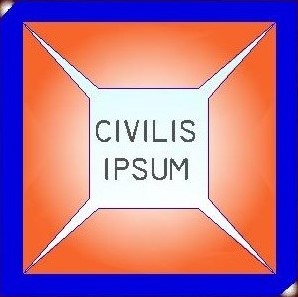Three important documents are required for effective administration of contract works in Nigeria. These are:
1. Conditions of contract: These are terms and conditions that set the rights and obligations of the contracting parties, when a contract is awarded or entered into.
2. Working drawings: These are drawings that provide dimensioned, graphical information that can be used by a contractor to construct the works or by suppliers to fabricate or assemble components of the works. Working drawings may include civil drawings, structural drawings, architectural drawings, mechanical drawings etc.
3. Specifications: These describe the work, materials and products required by a construction contract. They are usually read alongside working drawings and conditions of contract.
These three documents shall be read together by the contractor, however, the supervising engineer have the power to make decisions on matters not covered by the drawings or specifications.
Important points to Note from the specifications:
When there is discrepancy between figured dimensions and scaled dimensions, figured dimensions shall supersede.
If discrepancy is found between the drawings and specifications, with regards to dimensions, the requirements of the drawings would supersede.
If there is discrepancy between general specification and supplementary specifications, the requirement of general specification shall govern.
The supervising engineer have power to make corrections to errors in drawings and specifications.
The types and nature of required reports
Road construction projects requires a lot of reports which are tailored to each company’s format. These include but not limited to:
1. Plant report: This report shows the machines that worked each day, the tonnage of diesel remaining in the machine at the end of work each day and the tonnage issued to the machine each day including the total distance the machine covered in each day’s work. This helps to ensure that the diesel the machine uses is commiserate to what was used and the work done. It helps to avoid theft of diesel.
2. Materials report: This shows the tonnage of construction materials such as cement, sand, gravel, stone base, steel rods etc that was brought to site each day and the quantity issued. It helps to ensure there is no wasteful use of materials and to avoid theft. It is also used to make claim for payment from the Client.
3. Daily progress report: This report shows the items of work done at site each day and the measured quantities. The report is measured against issued materials for balance and checks.
4. Daily photos: This shows pictures of work done each day, including date. It serves as evidence to supervising agencies that there is progress in the work.
5. Monthly progress report: This is a cumulative report of all the daily activities. It is used to prepare claims for payment. It is usually sent to the Ministry of works.
6. Inspection report: This report comes into play usually on weekly basis or fortnightly depending on the agreement with the supervisory agency. It is used by the supervisory agencies to inspect the quality of work done to ensure they are according to specifications. Poor works would not be certified while good ones would be certified.
The necessary tests to be done and the frequency
The achievement of desired quality of work in road construction requires lots of test. The three basic materials used in flexible pavement construction are soil (laterite or sand), stones or stone base, and bituminous materials (bitumen, asphaltic concrete). Prior to laying any of these materials, during laying and after compaction, different tests are required to ensure that the strength and quality requirements are met. Tables A to E provides the different tests and frequency required for flexible pavement construction according to General Specifications for Roads and Bridges,- Revised 1997, Federal Ministry of Works (F.M.W.), Nigeria.
A

B

C

D


E

You can download free PDF version HERE
References
Nigeria General Specifications for Roads and Bridges-Revised (1997). Federal Ministry of Works (F.M.W.)
Thanks for visiting MYCIVILLINKS today. Share the goodnews if it helped you.

